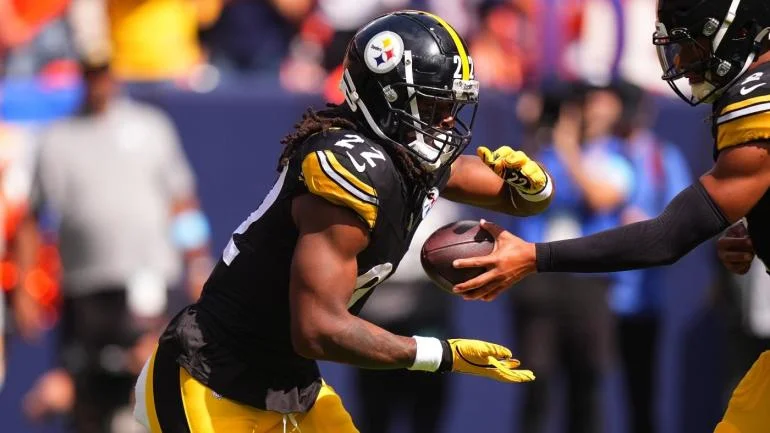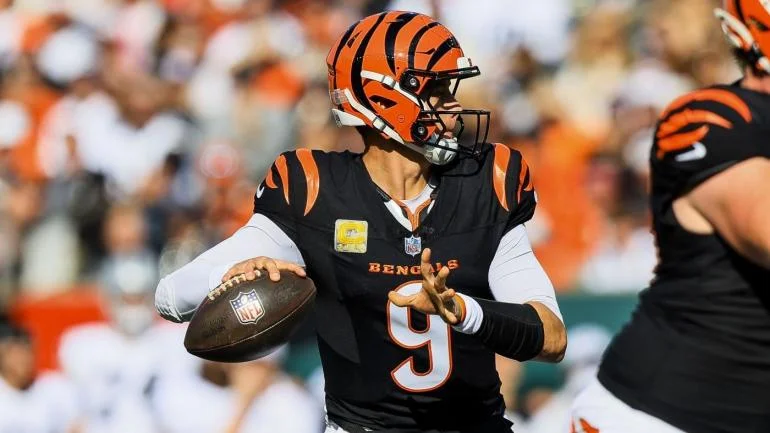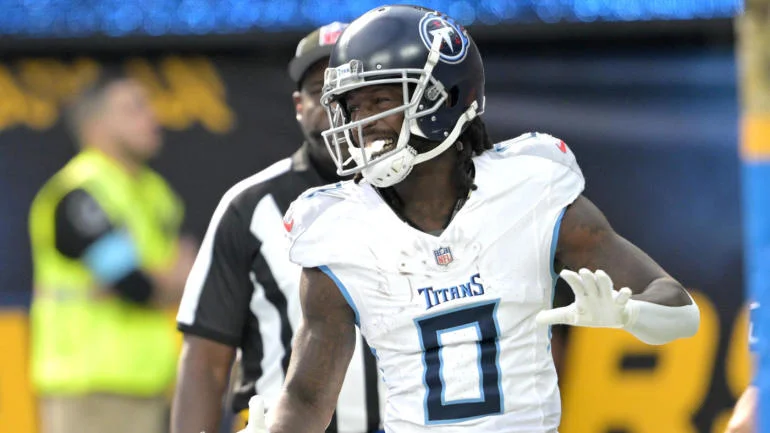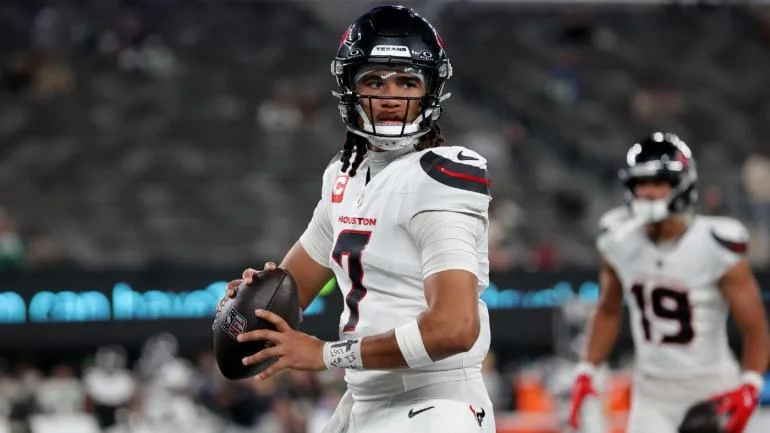Welcome back to “Was it Worth It?” where every few days we will be exploring (okay, *I* will be exploring, and you mainly reading about it) all of the noteworthy QB dilemmas teams around the league faced this offseason and how they handled them, with my analysis of whether or not they have made the right decision. This week: The San Francisco 49ers.
Colin Kaepernick has been at the center of a lot of controversies during his time in San Francisco, occasionally for reasons I care about. He’s had to win a starting job over an established vet having a good year, then declined for an amazing *three* consecutive seasons before losing his job to a rejected starter, before earning it back the next year. Add to that a major contract extension, a major restructure, and then a perplexing decision to void the rest of it, and this doesn’t need a tedious amount of context to be an interesting series of events.
We are doing the tedious context though.
Let’s start with 2011. It was Harbaugh’s first year as a head coach, and the 49ers enjoyed not only their first winning record since 2002, but also their first division win and first playoff win. While it wasn’t an amazing year for Alex Smith, it was his best year at the time. The team was 13-3 with him as a starter (plus 1-1 in the playoffs). That following offseason, he signed a 3 year, 27.8 million dollar contract, which seemed only slightly high for his abilities. Smith looked to be pretty firmly entrenched as the starter, and all he had to do was remain at that level of performance.
As 2012 would show, though, Alex Smith not only maintained his level of play, he escalated it to what still remains the most efficient season of his career, and earned his first NFC Offensive Player of the Week award. Not only that, but the 49ers were sitting at 6-2 after 8 games. Then Alex Smith (not Colin Kaepernick) said the wrong thing and lost his job as the starter. What could he have said that was so bad? He reported a concussion during the week 9 game against the Rams. He was benched, and wouldn’t start another game for San Francisco, which seemingly confused him as much as the rest of us. “I feel like the only thing I did to lose my job was get a concussion,” he’d said a couple of weeks after being benched. Less than a year later, the NFL agreed to pay 765 million dollars in a concussion settlement. That is extremely suspicious. What other reason could a team have to pull a player out in the middle of a career year so soon after investing in him as the future?
Well, despite being a career year, it wasn’t amazing, placing him in only the top 36% of QBs over the past 5 years. In addition, he was second to last in plays per game, finishing just barely ahead of Russell Wilson. Remember that Wilson was a rookie who was initially being asked to do very little. That’s the level of control that Alex Smith had over his offense. Consider that for the game and a half where Smith was unable to play, Kaepernick was averaging more than a yard and a half per play over Smith’s BEST season. While conventional wisdom would be to bring the “proven” QB back, Harbaugh was known as someone willing to buck conventional wisdom. Lastly, while both QBs had two years remaining on their contracts, Smith cost about 13 million dollars more for that duration. As more years have gone by, I’ve become more willing to believe that the 49ers front office realized that while Smith’s ceiling had been seen, Kaepernick’s was higher, and that he was also a lot cheaper. However suspicious the timing, it may have just been good long-term thinking.
At any rate, 2012 actually ended with the Ravens beating the 49ers in a lights-out victory (couldn’t resist) in the Super Bowl after some impressive post-season plays from Kaepernick. In 2013, the 49ers sent Alex Smith to the Chiefs, meaning that the 49ers now had more cap space and more draft picks to build around their new QB. Considering they were already a Super Bowl contender, it looked like time for a new 49ers dynasty!
Somehow, that didn’t happen. The 49ers looked as strong in 2013 as they did in 2012, arguably stronger, but Kaepernick had significantly regressed. Despite regressing, though, he was still doing slightly better than Alex Smith had the previous year. However, in 2013 Kaepernick had a better group of receivers to throw to than he had in 2012. In addition, his plays per game had dropped off as well. Were these red flags? Hard to say. After all, the team was performing very well, leading to more rushes to run out the clock, and Kaepernick’s efficiency still put him in the top 35%, still better than Alex Smith’s best year. Maybe all was well.
The 49ers front office apparently thought it was, and offered Kaepernick a 6 yr, 114 million dollar contract, despite the fact that Kaepernick still had a year remaining on his rookie deal. This wasn’t that surprising, given how well he’d played. It did, however, invalidate the logic of trading away Alex Smith, as Kaepernick was now the more expensive QB. Anquan Boldin was extended, and Stevie Johnson and Brandon Lloyd were signed to add some very talented depth. I know that I was expecting a LOT out of Kaepernick that year.
He didn’t deliver. Kaepernick averaged only 5.42 adjusted net yards per play, dropping him from the top 35% to barely within the top 70%, and this despite the addition of veteran receivers. Maybe the vets just weren’t that good? It’s possible, but Johnson and Lloyd combined for 8.58 yards per target, with Johnson being a reliable target for mid-range throws and Lloyd stretching the field. Was it the fault of Head Coach Jim Harbaugh or Offensive Coordinator Greg Roman? Also possible, though those two had been in those positions since 2011. To me, there seemed only two likely factors. The first would be that the dysfunction in the organization was affecting everyone’s play. The second was that maybe Kaepernick just wasn’t that good.
Let’s look at those possibilities. First off, dysfunction. If you read my recent article about the New York Jets (and if you did, thank you), you’ll see that I fully believe that front office drama has an effect on team morale and discipline. I also fully believe that the power struggle that would later result in Jim Harbaugh being fired qualifies as drama. That said, though, I didn’t see the whole team regress. Granted, their defense allowed more points, but given that they stayed the same in yards allowed, I’d say that regression was likely caused by their own offense giving the other team better field position. After all, Kaepernick did turn the ball over more in 2014 and was less effective moving the ball. In short, the defense didn’t seem to be struggling, which says a lot given the injuries they had on defense. That means that at this point, Kaepernick’s struggles seemed to be primarily due to…Kaepernick.
In 2015, Jim Tomsula took over as head coach, and Blaine Gabbert (previously acquired in a trade from Jacksonville) would get a chance to start midseason, as what seemed to be a reward for working hard in practice (based on earlier comments by Tomsula). To say that Blaine Gabbert had not been successful in Jacksonville would be extremely generous. He was something of a laughingstock, averaging a pathetic 3.15 adjusted net yards per play during his time in Jacksonville. Sorry to any fans of Blaine’s, but I have to say this so that every reader can appreciate the significance of this following statement: Blaine Gabbert outplayed Colin Kaepernick in 2015, and it was not close. For the third year in a row, Colin Kaepernick played worse than he had the year prior.
Next came 2016, a new coach, and a new competition. Kaepernick may have been at a disadvantage in the preseason, as he was recovering from an arm issue, but once again, Gabbert outplayed him. Christian Ponder, brought in during the preseason, also outplayed him. Once again, it was not close. Once Driskel was cut, Kaepernick was the worst performing QB on the roster. I say this because not only do I feel his kneeling failed to hurt his career in 2016, I think he got more field time because of it. Based on preseason performance, he should have been the third string QB.
In Kaepernick’s defense, when he did get out on that field, he made the most of it. 5.69 adjusted net yards per play may be a bit below the NFL average, but I would submit that the 49ers had a far below average receiving corps. This was the best he’d played since 2013, and showed that he *might* be good enough to be a starter, and certainly a good enough backup. The fact that he has not been signed anywhere to be a backup is likely due to teams wishing to avoid a spotlight as well as a divided locker room.
Okay, on to the recent offseason and, you know, the…supposed point of this article. Colin Kaepernick voided his 2017 option on March 1st, and option that saved the 49ers 14.4 million dollars. Needless to say, this move was not beneficial to Kaepernick, and I don’t know why he did it. Maybe some things meant more to him than the money, which I can respect, but I certainly don’t think he believed he’d make more elsewhere. The 49ers chose not to re-sign Blaine Gabbert, and instead signed Brian Hoyer to a very reasonable 2 year, 12 million dollar contract, then drafted C.J. Beathard in the 3rd round. They have someone who performed very well in his limited time last year, didn’t overpay for him, and made a moderate investment into a possible future QB without in any way hindering their ability to change directions should the current plan fail.
Was it worth it? Absolutely.
The next article will be on the Jacksonville Jaguars. As before, I will be checking out the comments here and on Reddit beforehand, so let me know what you think. Anything particularly intelligent or funny will get a mention.




